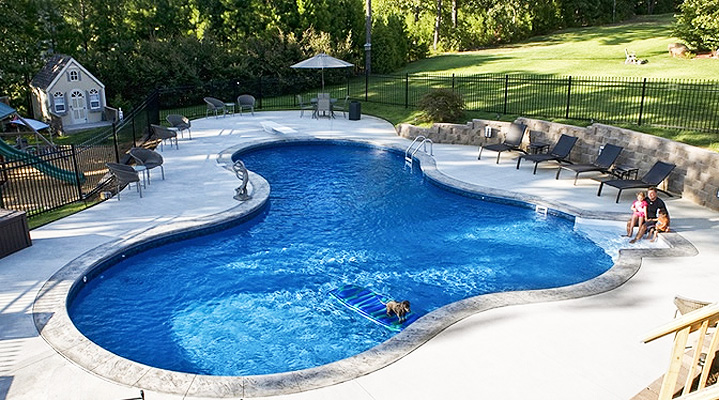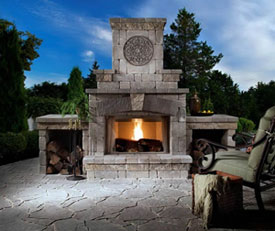Introduction to a new swimming pool
We have found ourselves in a lot of backyards checking the lay of the land to see if we can install an inground pool. Most people are exploring the option for the first time and we would like to offer a few pointers to consider before you do too much homework.
What does the city, county, or homeowner’s association say? There are specific setback requirements in most areas, fencing requirements, and other rules of thumb unique to just about every county, city, and township. Familiarizing yourself with these details will give you a better picture of just what is possible in your yard.
So just how do we get to that backyard? In order for us to get everything in and out to complete an installation project we need at least 10 feet of level pathway. That clearance will cover all equipment. If we can only get the backhoe in that is okay, but we will still need 8 feet for that. The other thing to consider is that full size loads of gravel and concrete are too heavy to cross a driveway, so it is best to have an alternate path.
Nearly every yard can accommodate a pool, but yards with dramatic slopes can require retaining structures to ensure the pool stays right where it was put. I can assure you that if we advise such structures the long-term integrity of the pool is our primary concern.
Don’t forget about utilities. Please be aware of overhead and underground power lines, gas lines, easements for sewer lines, septic tanks, and leech lines. All of these can be factors that can impact where the pool can go, and also influence the actual size possible. Most of the details can be found on your housing plot plan or through your state’s call before you dig hotline.


